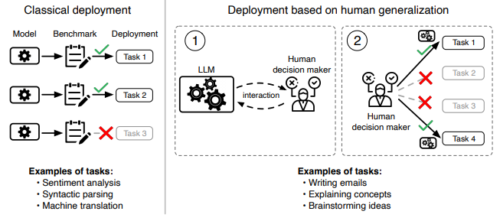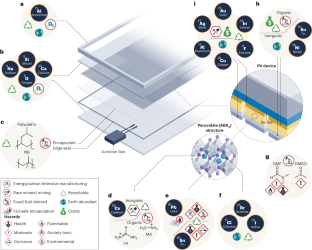2024-07-24 ロスアラモス国立研究所(LANL)

Underground hydrogen storage involves complex operational designs, including the use of cushion gas, which is crucial for providing pressure support to enhance hydrogen recovery and mitigate water production risks.
<関連情報>
- https://discover.lanl.gov/news/0723-machine-learning/
- https://www.sciencedirect.com/science/article/abs/pii/S0360319924015994?via%3Dihub
多孔質岩石中の水素貯蔵におけるクッションガスの効果: 貯留層シミュレーションとディープラーニングによる洞察 Cushion gas effects on hydrogen storage in porous rocks: Insights from reservoir simulation and deep learning
Shaowen Mao, Bailian Chen, Misael Morales, Mohamed Malki, Mohamed Mehana
International Journal of Hydrogen Energy Available online: 2 May 2024
DOI:https://doi.org/10.1016/j.ijhydene.2024.04.288
Highlights
- Performed extensive reservoir simulations for underground hydrogen storage (UHS).
- Analyzed the physical mechanisms affecting UHS performance.
- Developed a unified reduced-order model (ROM) leveraging deep learning.
- Conducted thorough uncertainty quantification to evaluate cushion gas effects.
Abstract
Underground hydrogen (H2) storage (UHS) is crucial for the H2 economy, offering scalable and long-term solutions vital for reliable and sustainable H2-based energy systems. Cushion gas is a common component in UHS designs, but its impact on H2 storage performance is not yet fully understood. This study bridges this research gap by systematically investigating the effects of various cushion gas scenarios on UHS performance in porous rocks, specifically saline aquifers and depleted gas reservoirs, using reservoir simulations and deep learning. Firstly, we conducted 8,000 multiphase compositional reservoir simulations for UHS operations in two types of storage formations, considering four cushion gas scenarios: no cushion gas, methane (CH4), nitrogen (N2), and carbon dioxide (CO2). These simulations cover a wide range of geological and operational parameters relevant to practical UHS projects. From these simulations, we derived key insights into the physical mechanisms governing UHS processes and proposed critical storage performance metrics, including H2 withdrawal efficiency, produced H2 purity, produced gas–water ratio, and well injectivity. Then, we developed a unified reduced-order model (ROM) using a deep neural network (DNN) based on the comprehensive simulation results. The DNN architecture, with an input layer, five hidden layers, and an output layer, takes 12 geological and operational parameters as inputs, and forecasts the four performance metrics. The ROM accurately predicts the cyclic evolution of performance metrics and is over 5,000,000 times faster than traditional physics-based simulations, allowing for thorough uncertainty quantification of UHS performance prediction under various geological and operational conditions. Key findings of this study include: (a) UHS in porous rocks is technically promising, with improving storage performance over cycles; (b) UHS in saline aquifers has higher withdrawal efficiency and purity but lower gas–water ratio and injectivity compared to depleted gas reservoirs; (c) In saline aquifers, cushion gas reduces withdrawal efficiency and purity but significantly enhances gas–water ratio and injectivity, making it particularly beneficial in scenarios with high water production risks; (d) In depleted gas reservoirs, cushion gas is less important under the current operational conditions, as it barely affects withdrawal efficiency and purity, and these reservoirs inherently exhibit high gas–water ratio and injectivity due to initial/leftover native gas (mostly CH4); (e) The cushion gas type slightly affects storage performance, with N2 slightly outperforming CH4 and CO2 in withdrawal efficiency and purity, CO2 being better for gas–water ratio, and CH4 for injectivity. The findings of this study support cushion gas designs in future UHS projects in both saline aquifers and depleted gas reservoirs. Moreover, the developed ROM offers a highly efficient tool for conducting extensive sensitivity analysis and uncertainty quantification, optimizing operational conditions, and facilitating the screening of potential field sites for future UHS projects.



